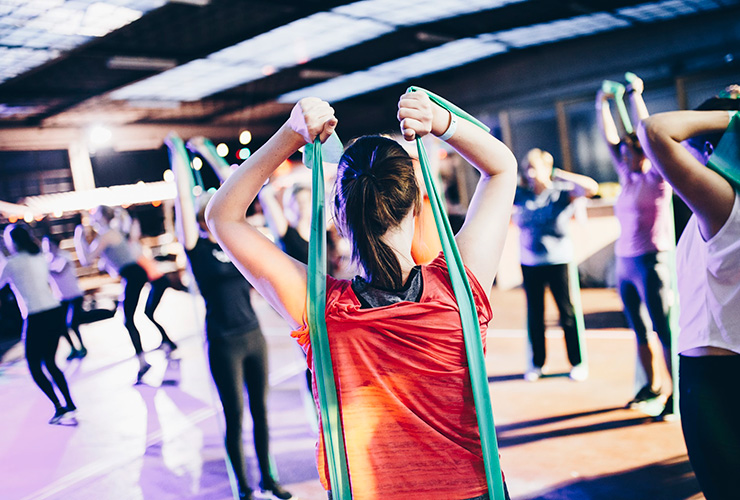
Engaging in regular exercise is a tangible and effective way for veterans to manage their PTSD-related symptoms
—
For many American veterans who served during times of war, physical scars are only one reminder of the time they spent selflessly defending their country. But war and violence also leave emotional and psychological scars in the form of post-traumatic stress disorder (PTSD).
PTSD can manifest in many forms, such as an inability to readjust to civilian life, emotional numbness or disconnection, frequent panic attacks and episodes of anger, as well as bouts of severe confusion and irritability.
Although there is no definitive cure for PTSD, evidence suggests that exercise plays an important role in a holistic treatment plan to help veterans lead a fulfilling life.
Veteran’s living with PTSD need all the assistance they can get, both in terms of financial aid as well as physical and emotional rehabilitation. While a disability allowance can, for example, help veterans pay the bills and put food on their tables, regular exercise can aid in healing both the body and mind. Substance abuse and physical limitations are common barriers to regular physical exercise for veterans living with PTSD. That’s why it is important to embark on an exercise regime that the vet considers to be a source of enjoyment rather than a form of punishment.
Engaging in low-to-moderate intensity exercise, such as walking and yoga, can go a long way to reduce PTSD-related anxiety and stress. This form of exercise can also act as a mood stabilizer by enhancing the quality of sleep. Extensive research has also found that low-to-moderate intensity body awareness movement activities — such as yoga, Pilates, and Tai Chi — are particularly effective in reducing the symptoms in veterans living with PTSD.
As beneficial as exercise may be for veterans living with varying degrees of PTSD, it is important to not expect a marathon overnight since it will take a healthy amount of time, dedication, and patience before someone living with PTSD will be able to reap the full benefits of engaging in regular exercise. It is also important to start out slowly and gradually increase the intensity of the workouts as your body adjusts to the exercises. Setting goals and regularly checking in on them will act as a great motivation and also allow you to keep track of your progress. Exercising with friends or family is also encouraged as it not only helps with motivation but also encourages social interaction, a vital part of a healthy lifestyle.
You may also enjoy reading At War…With Myself: A Soldier’s Story of Spiritual Survival by Stacy Bare.